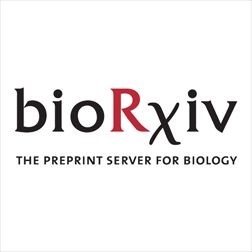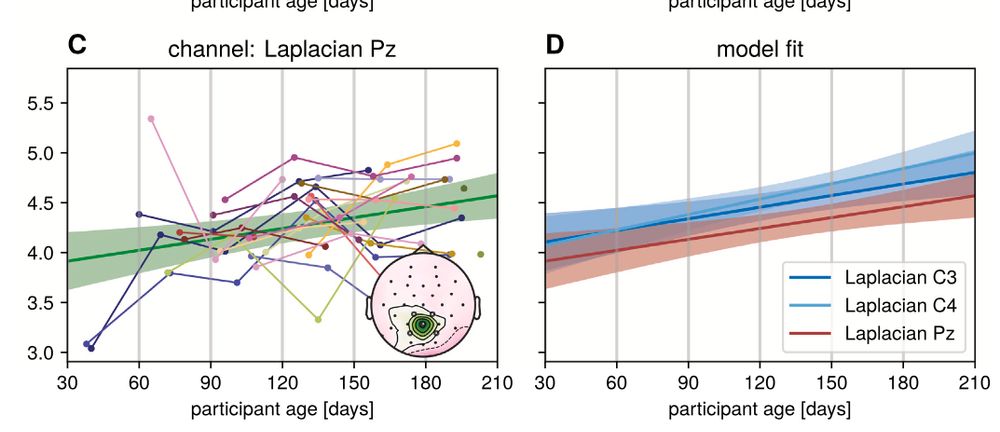
neuroscience imaging connectivity EEG MEG oscillations
+LORETA+
Lagged Coherence/PhaseSynch
Multivar/HiOrder InfoFlow
https://scholar.google.com/scholar?q=pascual-marqui
https://www.uzh.ch/keyinst/

Helpful comments and reports on errors are appreciated.
arXiv: 2025-07-11
doi.org/10.48550/arXiv.2507.08773
#neuroscience #neuroskyence
www.nature.com/articles/s41...

#neuroscience #neuroskyence
www.nature.com/articles/s41...
www.nature.com/articles/s41...

www.nature.com/articles/s41...
This is flawed logic, as @lmesseri.bsky.social and I argue here:
www.sciencedirect.com/science/arti...
This is flawed logic, as @lmesseri.bsky.social and I argue here:
www.sciencedirect.com/science/arti...
Ever wonder how to model the temporal generalization task? Interested in cross-modal comparisons? Our paper (w/ the magnificent Nir Ofir!) is for you! @timingresforum.bsky.social this could make for a solid post-conference decompression read
link.springer.com/article/10.3...

Ever wonder how to model the temporal generalization task? Interested in cross-modal comparisons? Our paper (w/ the magnificent Nir Ofir!) is for you! @timingresforum.bsky.social this could make for a solid post-conference decompression read
link.springer.com/article/10.3...

Giulio Ruffini
bioRxiv 2025.11.03.686310
doi.org/10.1101/2025...
Its log-uniform distribution yields a 1/f global spectral profile and 1/f^α sideband "aperiodic" component, with the slope determined by modulation depth and band ratio.

Giulio Ruffini
bioRxiv 2025.11.03.686310
doi.org/10.1101/2025...
Its log-uniform distribution yields a 1/f global spectral profile and 1/f^α sideband "aperiodic" component, with the slope determined by modulation depth and band ratio.

I uploaded the classic Watson & Crick paper about DNA structure, and the Adviser had this to say about one of the greatest paper endings of the century:

I uploaded the classic Watson & Crick paper about DNA structure, and the Adviser had this to say about one of the greatest paper endings of the century:
journals.aps.org/prl/abstract...
journals.aps.org/pre/abstract...
Mini thread below 👇
journals.aps.org/prl/abstract...
journals.aps.org/pre/abstract...
Mini thread below 👇

Li, Qu, Yi & Hong: Resolving Whole-Brain Alpha Traveling Waves Across Brain States. NeuroImage October 2025
doi:10.1016/j.neuroimage.2025.121538
Li, Qu, Yi & Hong: Resolving Whole-Brain Alpha Traveling Waves Across Brain States. NeuroImage October 2025
doi:10.1016/j.neuroimage.2025.121538
journals.plos.org/plosbiology/...

journals.plos.org/plosbiology/...
"Induction of cortical ON/OFF periods in awake mice fulfills sleep functions"
doi.org/10.1101/2025...

"Induction of cortical ON/OFF periods in awake mice fulfills sleep functions"
doi.org/10.1101/2025...
Estimation of brain activity sources of sympathovagal dynamics
Milea, Catrambone, and Valenza. NeuroImage, online 2025-10-06. doi.org/10.1016/j.neuroimage.2025.121501


Estimation of brain activity sources of sympathovagal dynamics
Milea, Catrambone, and Valenza. NeuroImage, online 2025-10-06. doi.org/10.1016/j.neuroimage.2025.121501
Not only that, but our peripersonal space also expands.
This has been demonstrated using virtual reality, EEG, and analysis of innate lymphoid cells.
(paper) www.nature.com/articles/s41...

Not only that, but our peripersonal space also expands.
This has been demonstrated using virtual reality, EEG, and analysis of innate lymphoid cells.
(paper) www.nature.com/articles/s41...

Julian Amacker, Marco Veneruso, Matteo Pereno, Simone Ulzega, Samuel Wherli, Sven Hirsch, Lino Nobili, Silvia Miano, Mauro Manconi, Anna Castelnovo
bioRxiv 2025.09.16.676512; doi.org/10.1101/2025...

Julian Amacker, Marco Veneruso, Matteo Pereno, Simone Ulzega, Samuel Wherli, Sven Hirsch, Lino Nobili, Silvia Miano, Mauro Manconi, Anna Castelnovo
bioRxiv 2025.09.16.676512; doi.org/10.1101/2025...
here is my own figure showing this infant oscillation frequency in 'resting-state' data (with age in days 🙃). it's great to see more functional type data, but I think we have to agree more on terminology.

here is my own figure showing this infant oscillation frequency in 'resting-state' data (with age in days 🙃). it's great to see more functional type data, but I think we have to agree more on terminology.
Read more about neural cellular automata: www.quantamagazine.org/self-assembl...
Read more about neural cellular automata: www.quantamagazine.org/self-assembl...



